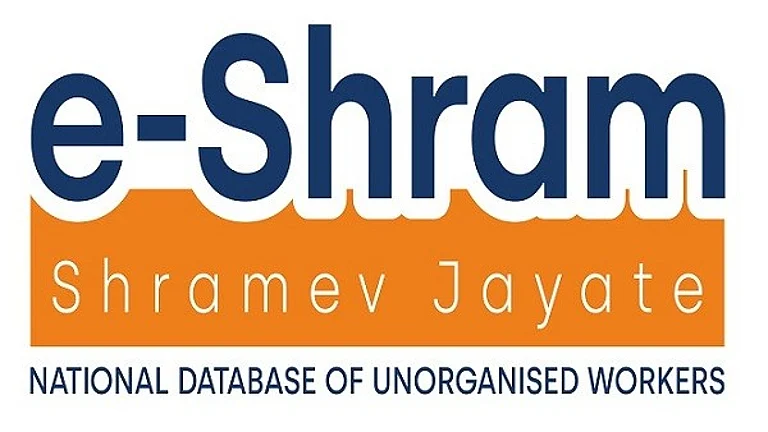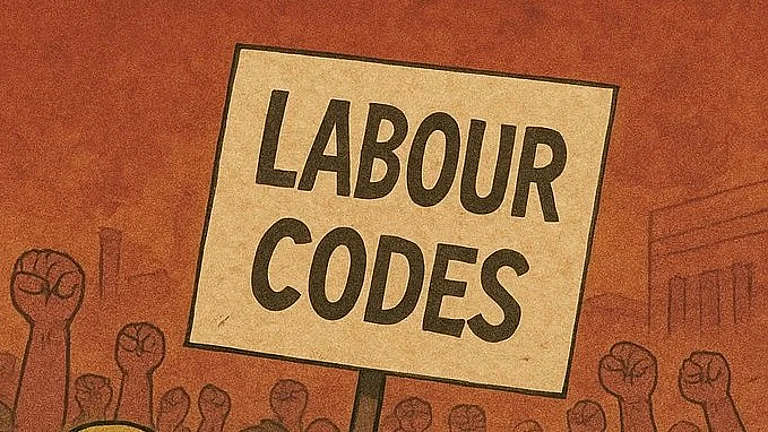How will the government ensure the employment-linked incentive (ELI) schemes work since they depend on private players?
When you look at the ELI schemes, the first is for first timers, the second for first timers in manufacturing and the third is to support employers. There are several stakeholders involved. Employees need to be aware of the scheme, employers must know how the scheme will be rolled out, and the Employees' Provident Fund Organisation [EPFO] will have a crucial role to play.
Therefore, we will need stakeholder consultations. A lot will depend on how the schemes are conceptualised. We have already started discussions with the Niti Aayog and the Department for Promotion of Industry and Internal Trade (DPIIT). We have also instructed EPFO to ensure its regional offices conduct stakeholder consultations with employers.
The regional meetings are crucial as they will provide us with feedback from states, which play an important role in mobilising employers. This is particularly significant for the micro-, small- and medium-enterprises (MSME) sector. Our goal is to create a whole-of-government approach by reaching out to ministries, states, trade and labour unions, and EPFO regional offices which will engage with employers.
Employers will be interested because they will receive the incentives. Employees will benefit as formalisation will give them access to EPFO-related services. We believe this is a win-win. Our strategy is to ensure a collaborative approach that involves the government, private sector and other stakeholders.
Can the scheme help solve the employment paradox where millions are clamouring for jobs and many jobs have no takers?
Aligning labour supply with demand through training is the key focus. A fourth scheme, part of the five schemes for employment, focuses on Industrial Training Institutes while the fifth is about internships. These will enhance employability and ensure that the labour market’s supply side aligns with the demand side.
The internship scheme will improve employability, especially for those who may not come from premier institutions, and recruitment happens directly from campuses. Employability is significantly enhanced by these schemes which should address the employment paradox.
Government’s vision is to establish a strong foundation for continuous job growth, supported by ongoing skilling and training initiatives that align with evolving needs of the economy
How will you assess the productivity of these schemes?
First, EPFO itself has a feedback mechanism which will help us track the schemes linked to it. We will also gather feedback from various ministries. We have already started capturing data and are integrating data collection from various ministries as part of our employment measurement efforts.
We will also be planning surveys to continuously improve our processes. Additionally, we will be forming an inter-ministerial core group to refine our approach to employment data measurement. This group will focus on consolidating and collecting data effectively.
As we finalise the schemes, we will refine the monitoring mechanism in more detail, incorporating the feedback and insights gathered during consultations over the next month. Our attempt is to develop schemes that seamlessly advance the government’s vision while adhering to the overall framework and spirit of the Budget.
Will these ELI schemes exist in the long term or are they short-term boosters for job creation?
If you look at the Budget, the target is set over five years. Much will depend on how successfully the scheme is implemented. Successful implementation will provide greater impetus for future initiatives, and we will need to adapt to the demands of the times.
The government’s vision is to establish a strong foundation for continuous job growth, supported by ongoing skilling and training initiatives that align with evolving needs of the economy.
Are you looking to expand the share of the formal sector through these initiatives?
Formalising the labour force is beneficial as it grants access to schemes like Employees’ State Insurance Corporation (ESIC) and EPFO. ESIC, for instance, provides extensive benefits including medical health services and insurance. Employers contribute 3.25% while employees contribute 0.75%. This relatively lower cost grants access to a range of services, from outpatient consultations to surgeries and super-speciality treatments. The ESI scheme is well-structured and offers a comprehensive range of services through empanelled hospitals.
Similarly, EPFO provides social security through provident funds and pensions based on eligibility. This initiative is a significant step towards formalising the economy. Many workers in the MSME sector are expected to become formalised. I would say formalisation is one of the objectives but not the only one. It will accompany the scheme as part of broader goals.












